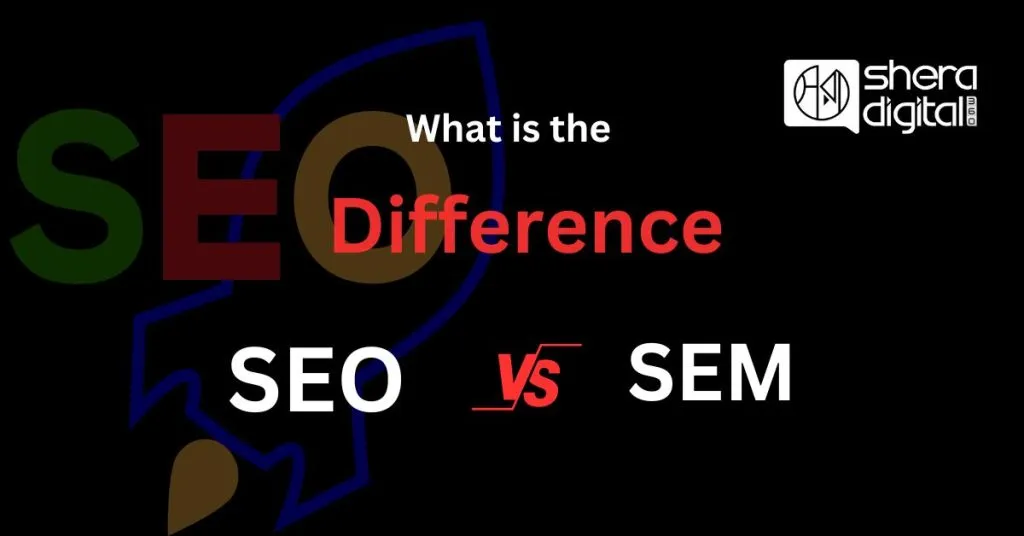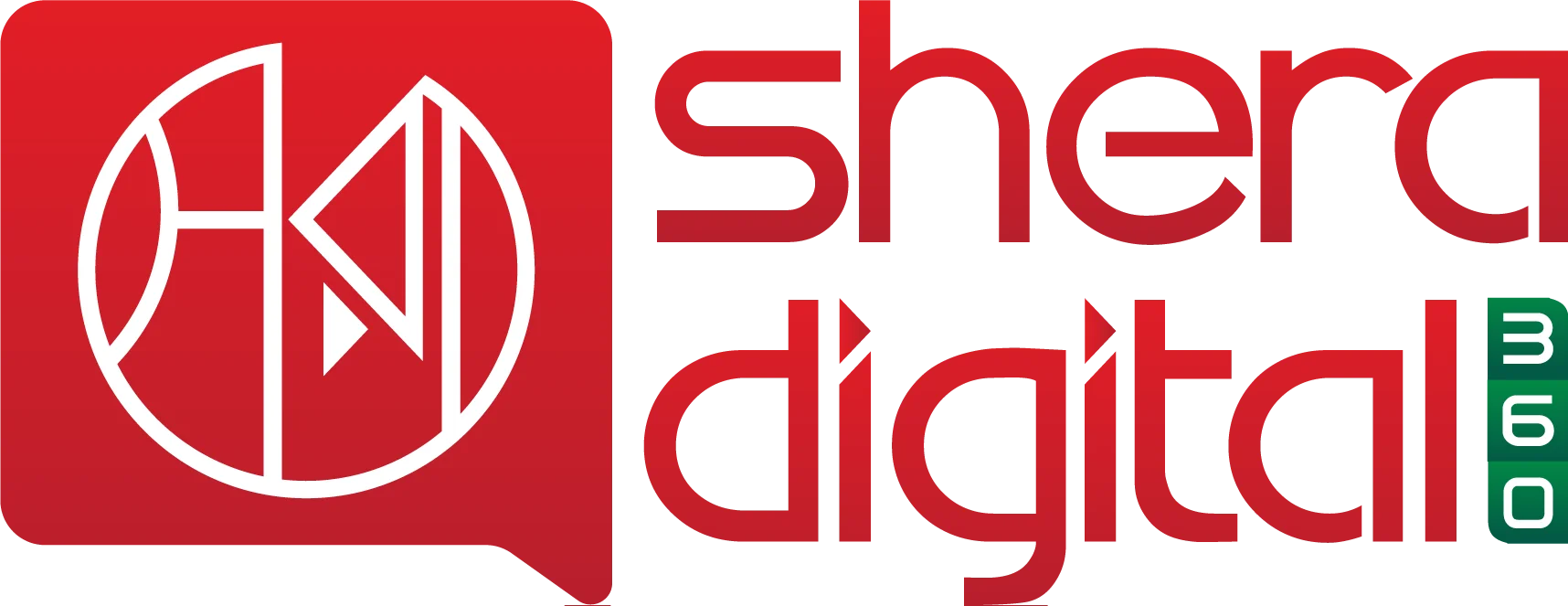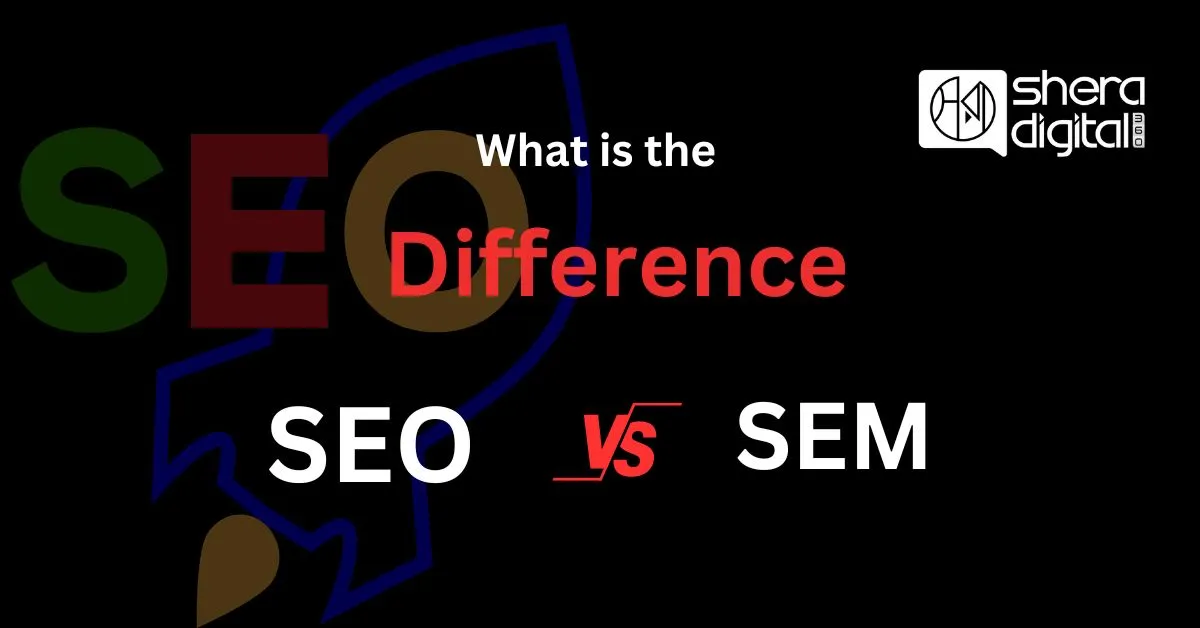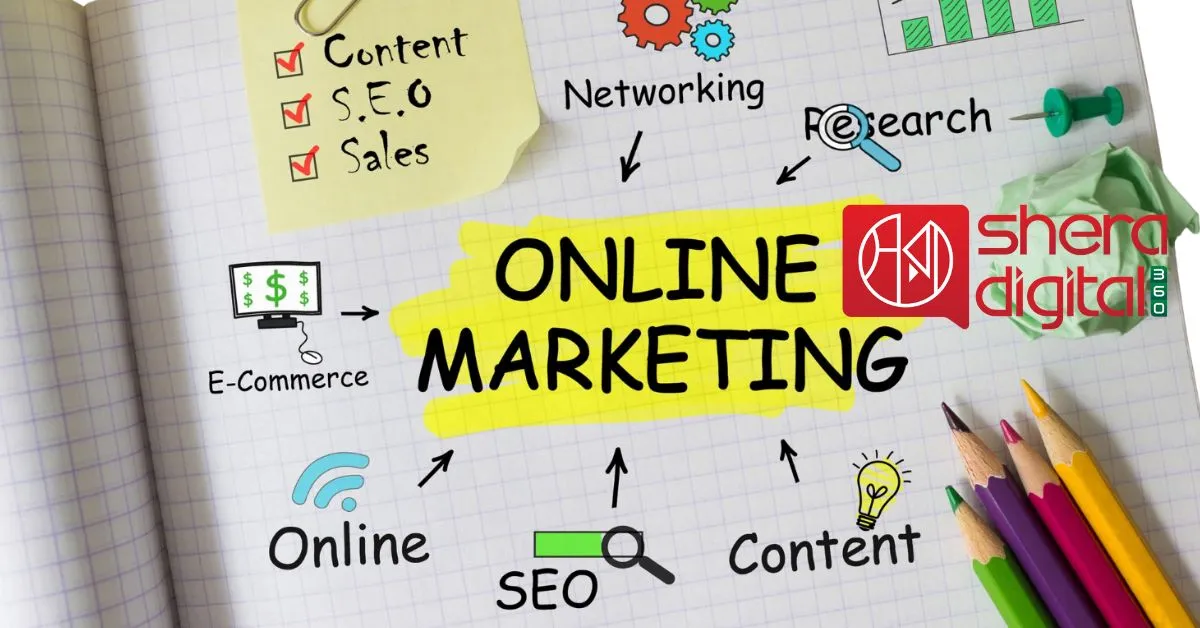Welcome, dear reader, If you are someone in the digital marketing sector, you have probably heard the word SEO many times. Many people get confused between SEO and SEM, even though they are two widely used strategies in digital marketing. The main difference between SEO (Search Engine Optimization) and SEM (Search Engine Marketing) is that SEO focuses on optimizing a website’s visibility in organic (non-paid) search results, while SEM involves both paid advertising and organic search results. You can think of SEO as a subset of SEM.
Still trying to understand? By the end of the article, you will have a clear idea about Search Engine Optimization, Search Engine Marketing, the differences, and the importance of SEO and SEM.
Table of Contents
ToggleThe Difference between SEO and SEM:
Search engine Optimization is the process of ranking a website in the organic search results. When you search a keyword in Google, it shows the most relevant content to your search. SEO experts analyze the keywords that people usually search for and try to optimize those keywords.

Alongside organic search results, Search engine Marketing (SEM) includes paid advertisement to increase the visibility of a website. Some results on search engines are paid advertisements. They are marked “Sponsored” or “Ad” so you can differentiate them from organic search results. Companies pay each time someone clicks on these ads – that’s why they’re called “pay-per-click” or PPC ads. Businesses use PPC ads to get their websites and products in front of people searching for related terms.
SEO Overview:
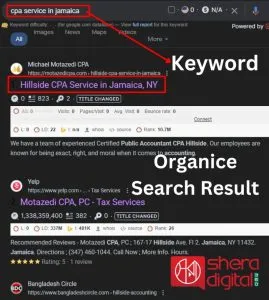
SEO or Search Engine Optimization is the practice of optimizing your website and its content to rank higher in search engine results pages (SERPs) for relevant keywords or phrases. The goal of SEO is to increase the visibility and organic (non-paid) traffic to your website from search engines like Google, Bing, and Yahoo. SEO involves many different tactics to help improve your website’s visibility on search engines. These tasks can fall into two broad categories:
On-Page SEO:
On-page SEO refers to the optimization techniques applied directly to your website’s content and structure. It involves:
-
Keyword Research:
You website will rank on the first page or not that’s mostly depend on the keyword optimization. SEO Experts Identify relevant keywords and phrases that your target audience uses to search for information related to your business, products, or services.
-
Content Optimization :
Strategically incorporating those keywords into your website’s content (titles, headings, body text, alt tags, etc.) in a natural and user-friendly way.
-
Site Structure:
Ensuring your website has a logical and easy-to-navigate structure, with clear hierarchies and internal linking.
-
Page Speed:
Optimizing your website’s loading speed. As faster-loading pages provide better user experiences and are favored by search engines.
Off-Page SEO:
Off-page SEO mainly includes activities outside of your website that can influence its search engine rankings. This includes:
1. Link Building:
Link building involves gathering links from other trustworthy websites that point back to your site. Search engines like Google see these backlinks as signs of trust and authority. The more high-quality websites that link to your site, the more trustworthy and relevant your site appears to search engines. As a result, your website may rank higher in the regular, unpaid search results.
2. Social Media Promotion:
Social Media Promotion involves sharing your content on various social media platforms. Engaging with your target audience on social media platforms can indirectly boost your search rankings.
3. Local SEO:
Optimizing your online presence for local searches, such as optimizing your Google My Business listing
What is SEM?
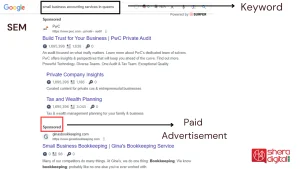
SEM, or Search Engine Marketing, is a broader term that includes SEO and paid search advertising strategies. While SEO focuses on organic rankings, SEM also involves
1. Pay-Per-Click (PPC) Advertising:
PPC is placing paid ads on search engine results pages, where you’re charged a fee each time someone clicks on your ad. With PPC (pay-per-click) ads, you can choose exactly who sees your ads. This is called “targeting.”
Targeting lets you show your ads only to specific audiences that are more likely to be interested in what you offer. You provide the targeting details when setting up your ads.
For example, on Google, you can target people based on the search terms they use. So if you sell running shoes, you’d target people searching for things like “buy running shoes.“
You define your ideal audience so you don’t waste money showing ads to people who wouldn’t care.
2. Paid Social Media Advertising:
Running targeted ads on social media platforms like Facebook, Instagram, and Twitter.
By combining SEO and paid advertising tactics, SEM helps businesses increase their online visibility and drive traffic from both organic and paid channels.
Should marketers use SEO or SEM?
To develop a user-centric marketing strategy, organizations should consider a blend of SEO and SEM. This approach ensures not only visibility but also accessibility and engagement. Utilizing SEO helps craft user-friendly landing pages that enhance the effectiveness of SEM campaigns. Additionally, SEM can be a crucial tool for driving traffic to new sites, improving their visibility and encouraging user interactions, which in turn support SEO efforts by increasing organic engagement and backlinks.
In some situations, a company might decide to focus on just one marketing strategy. For example, businesses with a tight marketing budget may opt to concentrate solely on SEO until they have more funds available. On the other hand, marketing teams that need quick results or lack the resources to develop optimized content might prioritize SEM. However, once companies have the ability to enhance their SEO strategies with SEM, they usually take advantage of this opportunity.
Top tip:
You can check your indexed pages by typing ‘site:yourdomain.com’ in the search bar (see our example below). This will show you the pages showing up on Google. For a more detailed report you can look at the ‘Index Coverage report’ in Google Search Console.
Related Posts:
The Advantages of Shera Digital 360’s Tailored Marketing Solutions for CPA Enterprises
Why Digital Marketing is Important for Your Business
Boost Your Business with Expert Email Marketing Services
Understand the Critical Role of SEO Services for Law Firms Success
Queens, NY Social Media Marketing Agency

